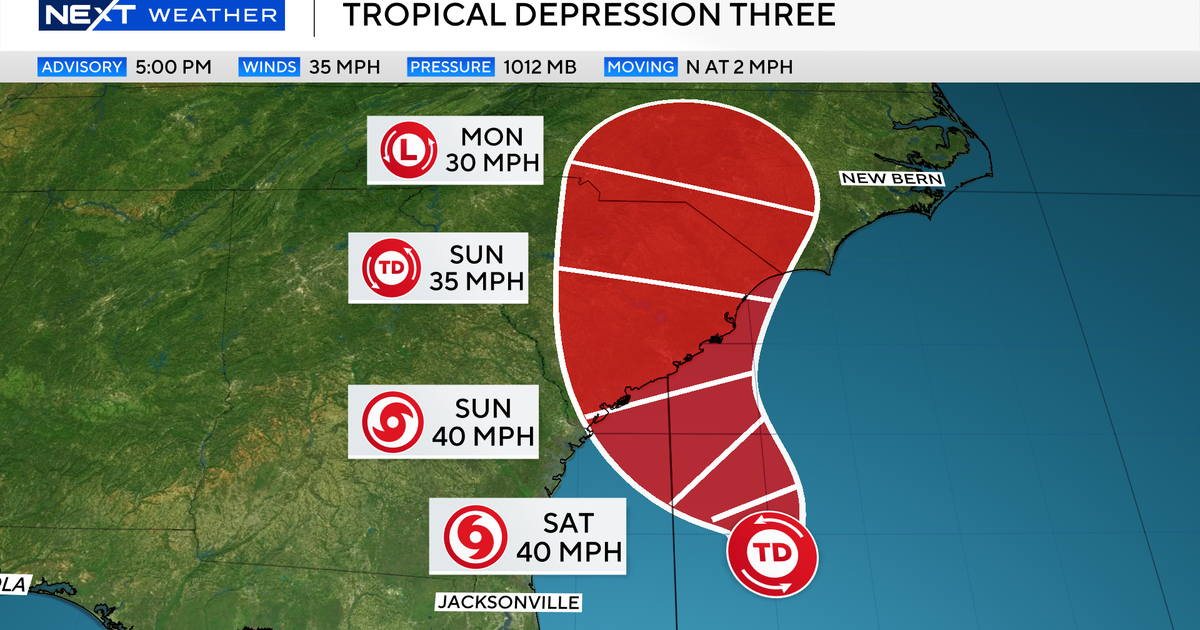Long Island's dearth of bunker sparks a question: Where did they go? - Newsday
Where have all the bunker gone?
That’s a question dogging Long Island fishermen, conservationists and whale-watching boat captains who report a relative dearth of the critical keystone species, also known as Atlantic menhaden.
The small, protein-packed fish are a vital food source for a wide range of coastal species, from whales to osprey. Bunker are used by fishermen to bait lobster pots, hook striped bass and chum for sharks.
Large industrial ships harvest menhaden by the metric ton, a phenomenon some worry could be depleting inshore populations, though regulators say there's no data as yet to show populations are depleted.
"I don't know where the bunker is at this point," said Artie Kopelman, president and founder of the Coastal Research and Education Society of Long Island, which conducts whale-watching boat tours off Montauk with vessels of the Viking Fleet. "Right now we’re not seeing the concentration of whales we saw even in our first few trips last year."
Local fishermen who use long nets in bays and rivers to harvest the small silver fish, primarily for bait sales, say this year’s run didn’t start until May and that it was more sparse than in prior years.
This year’s run represents "two consecutive springs of very slow bunker fishing for me," said Tom Gariepy, a commercial fisherman from Blue Point. "For the past two years it seems like that run has shot past New York and got north to Massachusetts, New Hampshire and Maine."
Worse, he said, the secondary run of menhaden are "much smaller in size and the biomass doesn’t seem as large as it was 10 years ago."
The New York State Department of Environmental Conservation has taken note of the phenomenon of a smaller spring run of bunker but said it doesn’t necessarily mean the population is depleted. The DEC indicated the fish may be migrating to cooler waters earlier than in prior years.
Through mid June, according to DEC data, fishermen have used up only around 1% of the quota for menhaden, or around 5,300 pounds of a potential 4.245 million pounds allotted the state. The daily trip limit for bunker fishermen is 20,000 pounds, but that daily limit per fisherman has only been reached, by the combined haul of all coastal fishermen, twice so far this year, during two weeks in May.
In past years, bunker have crowded creeks, bays and even the ocean around Long Island, in some cases amassing so thickly that they have caused large die-offs in smaller water bodies as oxygen levels deplete.
"Landings have trended down the last several years," DEC spokesperson Lori Severino said in written responses to Newsday, adding that licensed menhaden fishers have not reached their full quota since 2022.
The issue seems to be an early northern migration to cooling waters.
Since 2016, DEC said, there has been a trend of "increasing abundance of adult menhaden north and into the Gulf of Maine [from] late June through August." The fish begin to migrate south in the fall, "moving back south of Cape Cod into the New York Bight as waters cool. This distribution appears to be especially pronounced the past two years, potentially linked to temperature and other oceanographic conditions," DEC said.
"While the northern states are seeing this seasonal shift in distribution and New Yorkers may therefore see fewer Atlantic menhaden at this time, such a shift does not necessarily equate to an overall population decrease," the DEC concluded.
For their part, industrial fishing companies say studies have shown the menhaden population is healthy and that overfishing is not occurring.
Stony Brook University marine sciences professor Christopher Gobler noted that since menhaden are "highly migratory fish, there are many things that impact that population as they make their Florida to Maine journey."
He noted that many subpopulations keep nearby, but their "enormous range is part of the story."
"If numbers are down locally right now, the key may be the [term] locally," Gobler said in an email. Bunker "may be several miles offshore. We have been exceedingly fortunate during the past decade as fishery regulations led to increased population numbers on the East Coast and the fish were near shore. Total numbers might be down but it’s just as likely the total bunker numbers are similar to recent years, just not where they have been in Long Island waters."
But some are concerned a more worrying trend could be the cause. Large fishing vessels that use spotter planes to locate and harvest massive bunker schools lead some to question whether the critical biomass of bunker has been deeply impacted by the fishing. The Nature Conservancy and others pushed hard for a 2019 state law that restricted those large vessels from New York state waters.
Carl Lobue, senior marine scientists for the Nature Conservancy, a conservation group, said there’s a need for further management of bunker to make sure the populations are maintained to healthy levels in all the areas they are found — a concept called spatial management.
"We’re not quite there yet" in rolling out the plan, but it could happen in coming years, Lobue said. Fisheries managers are conducting a stock assessment on bunker this year, he said.
Meantime, Lobue has noticed the dearth of bunker in local waters and said it can reflect on the health and abundance of other species.
"When those bunker are not in high abundance in our waters, then the things that chase them are not in high numbers," he said. "We are definitely not seeing many since late May ... There’s definitely a real localized impact when those fish are not here."
Paul Eidman, a New Jersey charterboat captain and marine conservation advocate, said he’s not convinced that the lack of bunker in local waters is a migration issue or cyclical change.
"I believe the overall biomass coastwide is depleted," he said. Fish that are three years of age or older are the ones targeted by the giant commercial menhaden processors.
"I’m going to a lot of the normal places and the bunker are just not there," Eidman said.
Birds that depend on bunker may also be affected. Eidman said he has seen local osprey with only tiny fish in their claws, and noted, "They can’t survive on that."
His charterboat has been forced to do more fishing in ocean waters rather than the rivers of New Jersey to catch striped bass and other predator fish, forcing him to fish earlier in the ocean than usual.
"No bunker, no bass," said Eidman, who heads up a conservation group known as Menhaden Defenders. "Without these baitfish the ecosystem the just folds up along with the whole coastal economy."

Mark Harrington, a Newsday reporter since 1999, covers energy, wineries, Indian affairs and fisheries.







